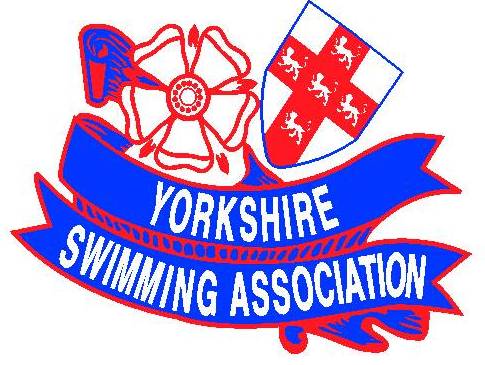Dryland training can significantly increase a swimmer’s strength and overall athleticism. Here, Beverley Barracudas’ dryland coach Neil Thompson runs through some of the benefits of training away from the pool.
At Beverley Barracudas we have recently invested in a significant amount of equipment and launched a structured programme to help swimmers reach their full potential both in and out of the pool.
Why is this important? It’s all about strength and athleticism. A stronger swimmer will have the ability to exert more force and power, and a more athletic swimmer will have better mobility, be more co-ordinated, have a better rhythm, and react quicker.
The focus of dryland initially should be to develop a good background of general stability and athleticism before working towards developing the more ‘functionally specific’ attributes required for swimming.
Ultimately, if we can improve the qualities of strength and athleticism through good quality dryland training we can expect to see the following benefits in the water.
Improved ‘streamline posture’
We can achieve this by developing a strong core and helping the swimmers develop an effective braced position. This can be done through traditional core exercises such as planks etc and also by educating the swimmer to have the core switched on during ALL exercise.
Increased resilience to injury
Swimmers tend to be very strong through specific movements and ranges of motion. By using dryland exercises which develop the opposite muscle groups we can help correct imbalances. Strength training cannot only directly help a swimmer become stronger in the pool but can also help a swimmer miss fewer sessions through injury. We achieve this through big ‘foundational’ exercises such as rows and hinges but also through specific exercises designed to strengthen areas prone to injury.
Increased rate of force development (power) in the stroke and off the wall
By developing high-quality movement skills and an underpinning foundation of strength we can create a base to develop increased power. A good example of this would be the push off the wall after a turn. Building strength in the squat for a period of time before advancing to a powerful squat jump variation is an effective way of increasing the ability to produce force off the wall.


Increased duration of force production – endurance
By developing strength in the muscles of the core (abs, glutes, back) a swimmer will be able to maintain a stronger streamline position in the water for longer. The ability to maintain this position throughout a race will enable the swimmer to be more efficient and therefore maintain pace. Likewise, mobility work performed regularly on land will enable swimmers to reach optimal positions in the pool.
Increased recoverability between training sessions and races
By increasing the strength of muscle fibres swimmers will increase the work capacity of the muscles used in the pool. Increased work capacity will not only mean swimmers can train harder but will also recover quicker between sessions.
And that means better performances and a happier, fitter swimmer.




